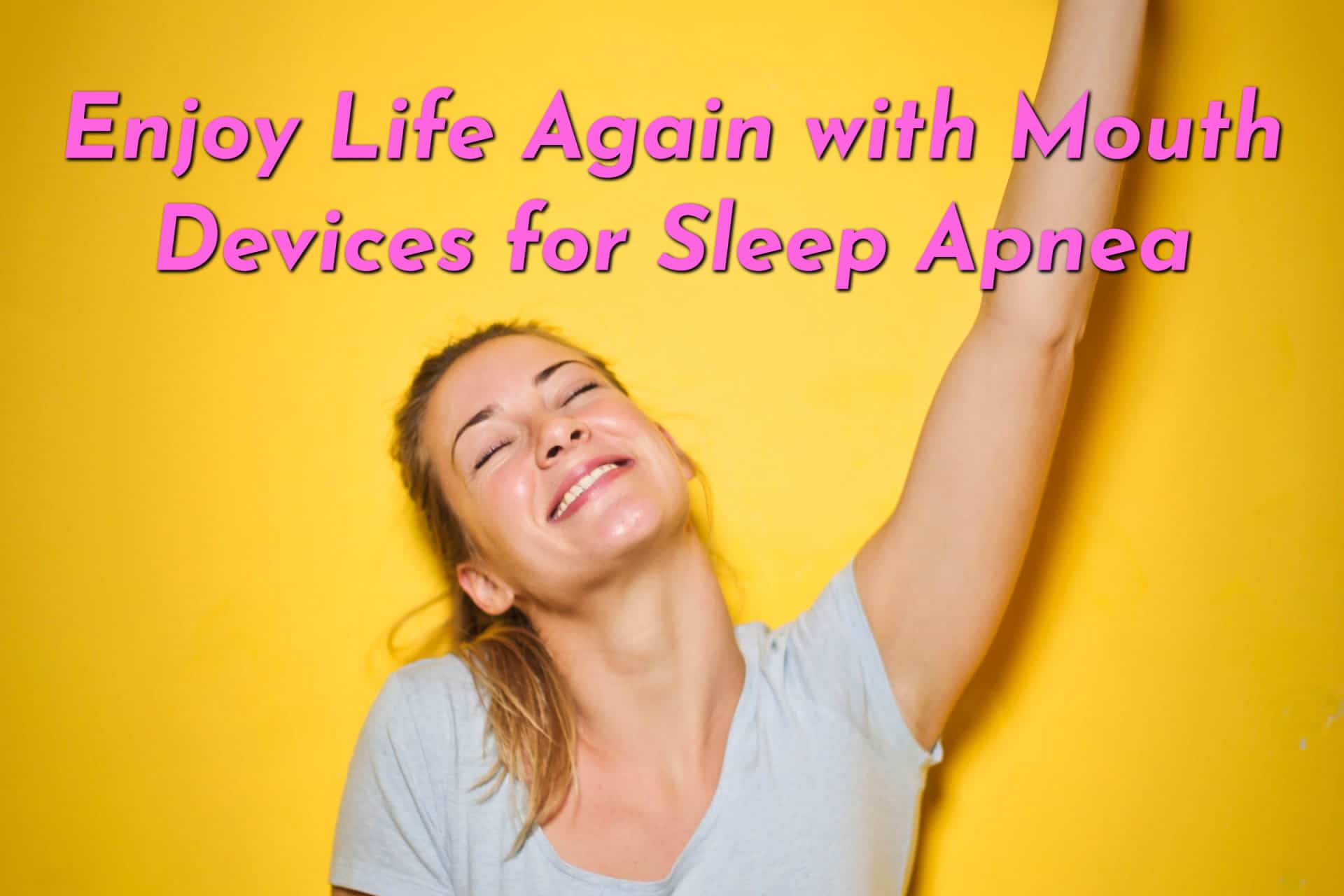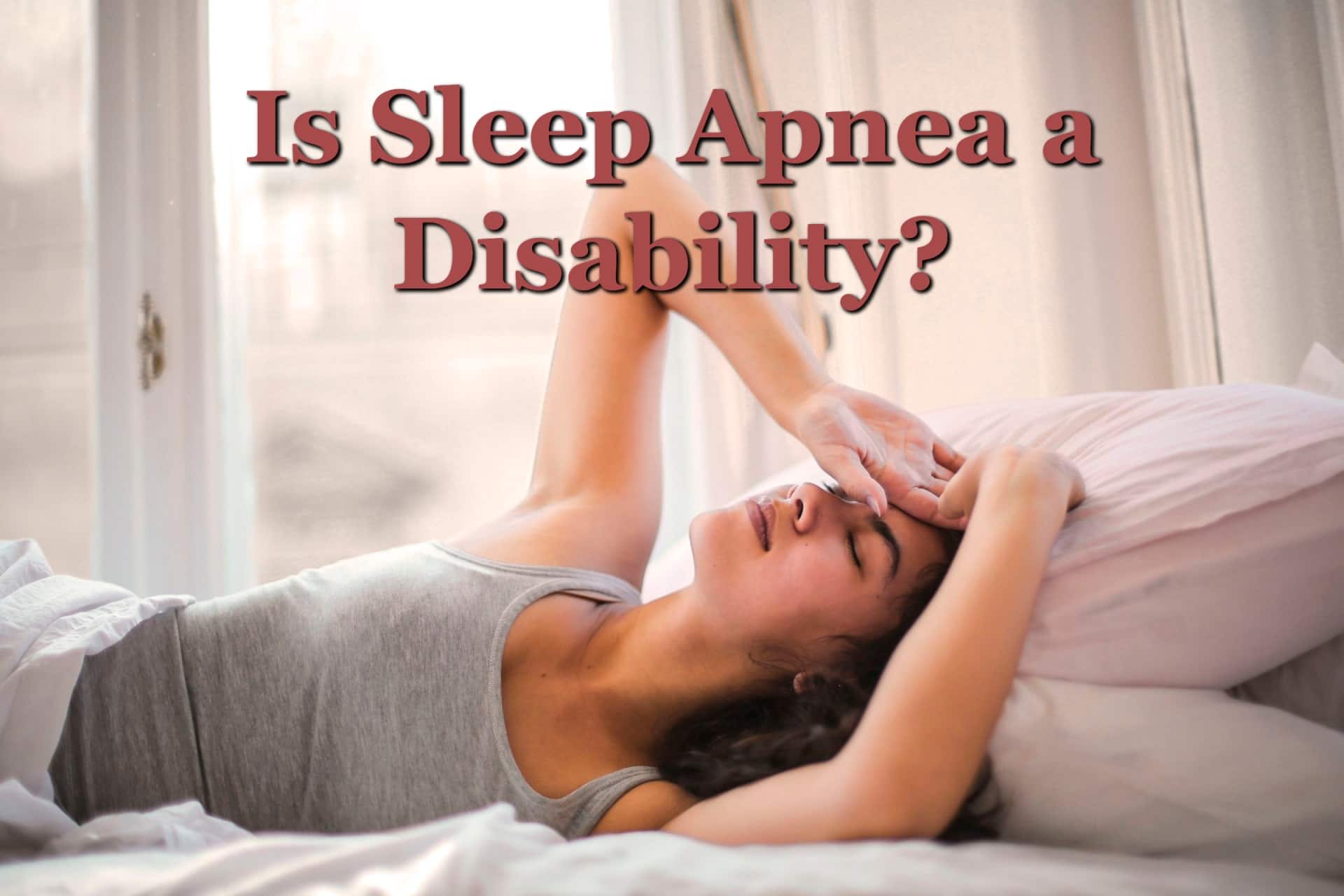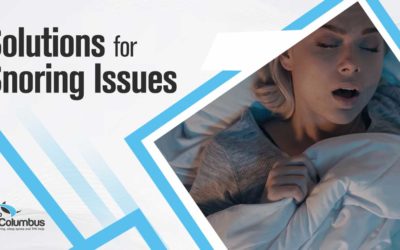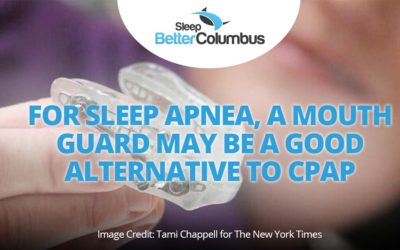Sleep apnea affects millions of people every year. Currently, around 25% of the American population is diagnosed with sleep apnea. It’s so popular that innovators have come up with a ton of ways to help. Using mouth devices for sleep apnea treatment is quickly growing in popularity. The symptoms associated with this sleep disorder cause unpleasant side-effects, and no one wants to go through life like that.
Sleep Apnea Treatment Options
Sleep apnea can cause a variety of “scary” side-effects and diseases, but let’s look at the big two: snoring and fatigue. Mouth appliances are effective in getting rid of these popular side-effects. When they’re FDA regulated and designed with apnea in mind, they can help you feel 100% better. Different devices work for different people. Today we’re going to be covering the 3 most popular mouth devices for sleep apnea. After reading, you will be better equipped to decide which one is right for you.
CPAP
The CPAP is by far one of the most notorious when it comes to sleep apnea relief. When most people think of apnea, they connect the disorder to the CPAP machine. The CPAP operates with a simple concept in mind: to allow you to sleep better by blowing a steady stream of gentle air into your mouth and nose. The CPAP machine is pretty small and it plugs right into your wall. You use it by placing the mask over your nose and mouth and turning it on every single night before bed. When used correctly, it should prevent you from interrupted breathing.
While the CPAP machine can be effective, it’s also inconvenient for some. Here are some common complaints:
- Stomach issues
- Congestion
- Nosebleeds
- Feeling claustrophobic or confined while sleeping
- Sores inside the lining of your mouth
- Reports have been made about chest pain while using
- It isn’t ideal for sensitive skin
- Irritation for your partner or pets
- It is unpleasant if you have a cold or sinusitis
- Requires regular cleaning
- It’s uncomfortable
Some people don’t experience any of this. It can be very useful. It is not, however, the least-invasive form of treatment. The following mouth devices for sleep apnea treatment are quickly growing in popularity.
Mandibular Advancement Device (MAD)
Sleep apnea isn’t just caused by bad health. While it is often associated with diabetes and poor diet, other factors come into play. Sometimes it’s genetics. Sometimes it has to do with the alignment of your jaw or the size of your airway. Mouthguards will prevent snoring and help to open the airway. The Mandibular Advancement device is very similar to a mouthguard. The MAD kind of looks like the mouthguards that football players wear to protect their teeth.
This particular device is pretty bulky. It is meant to snap onto the top and bottom of your teeth. It’s equipped with metal hinges that make your jaw move slightly forward while you sleep. This can open up your airway quite a bit.
Tongue Retaining Device
The tongue retaining device can be a little uncomfortable. It’s a “splint” that attaches to the tongue, forcing the airway open while you sleep. It may take a little getting used to, and it may initially cause some irritation. It is usually made from medical-grade materials, especially when purchased from a reliable source. (Remember: only buy mouth appliances that are FDA approved.)
The retaining device looks a little bit like a tiny octopus. You slip it onto your tongue and the end of it balloons out past your lips. It may look a little silly, but it does the trick. Again, not exactly a “romantic” option, but it may be more comfortable for some people than a CPAP. This device has drawbacks, as well. If not attached properly, it will slip out of the mouth. This renders it ineffective. It can also be a little hard to swallow when wearing a tongue retaining device. This can make it tricky to get a good night’s sleep. On top of that, it collects spit and needs to be cleaned daily. Storage for this device is simple. You place it into a container when you’re finished using it. You do the same thing if you’re using a mandibular advancement device.
Consistency is Key When Using Mouth Devices for Sleep Apnea
No matter what device you choose to go with, you have to be consistent. These devices work on a night-by-night basis, which means if you skip a night, you’re risking the side-effects of the disorder. Don’t stop using your device right away when you start feeling better. Continue to use it unless directed otherwise by a health care professional.
Keep in mind that all mouth appliances need to be worn properly. The CPAP, for example, will not work if it is not clipped on just right. If you ever need help with fitting your CPAP on correctly, see your dentist or doctor. The same goes for all of these appliances. If your mouth device feels uncomfortable, you may be wearing it wrong. If you aren’t getting any symptom relief, you may just need to adjust how you’re using your appliances. This is manageable.
You can buy these devices online. They’re popular. The problem with this is a lack of information and an improper fit. Getting someone to fit you for a device is the best way to stay comfortable at night. When you go to a professional for your device, you know that they’re doing what they can. They work to get rid of the symptoms of your unique sleep apnea. These devices aren’t always a “one-size-fits-all” deal. It’s important that you find something comfortable. After all, you’ll be sleeping with it every night!
Stay consistent when keeping in touch with your health care provider/dentist. Keep him/her apprised of your progress (or lack thereof). Don’t hesitate to call if your appliance isn’t working or if it’s too uncomfortable to sleep with. Your dentist or doctor will know how to help.




